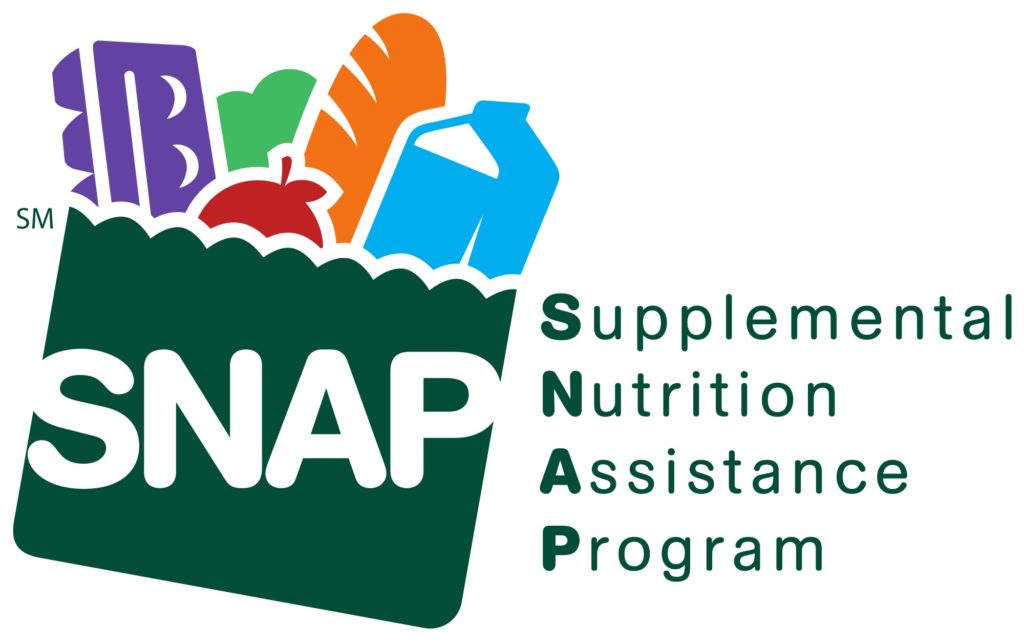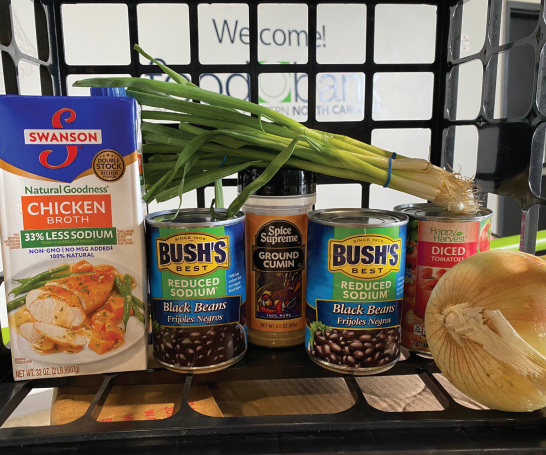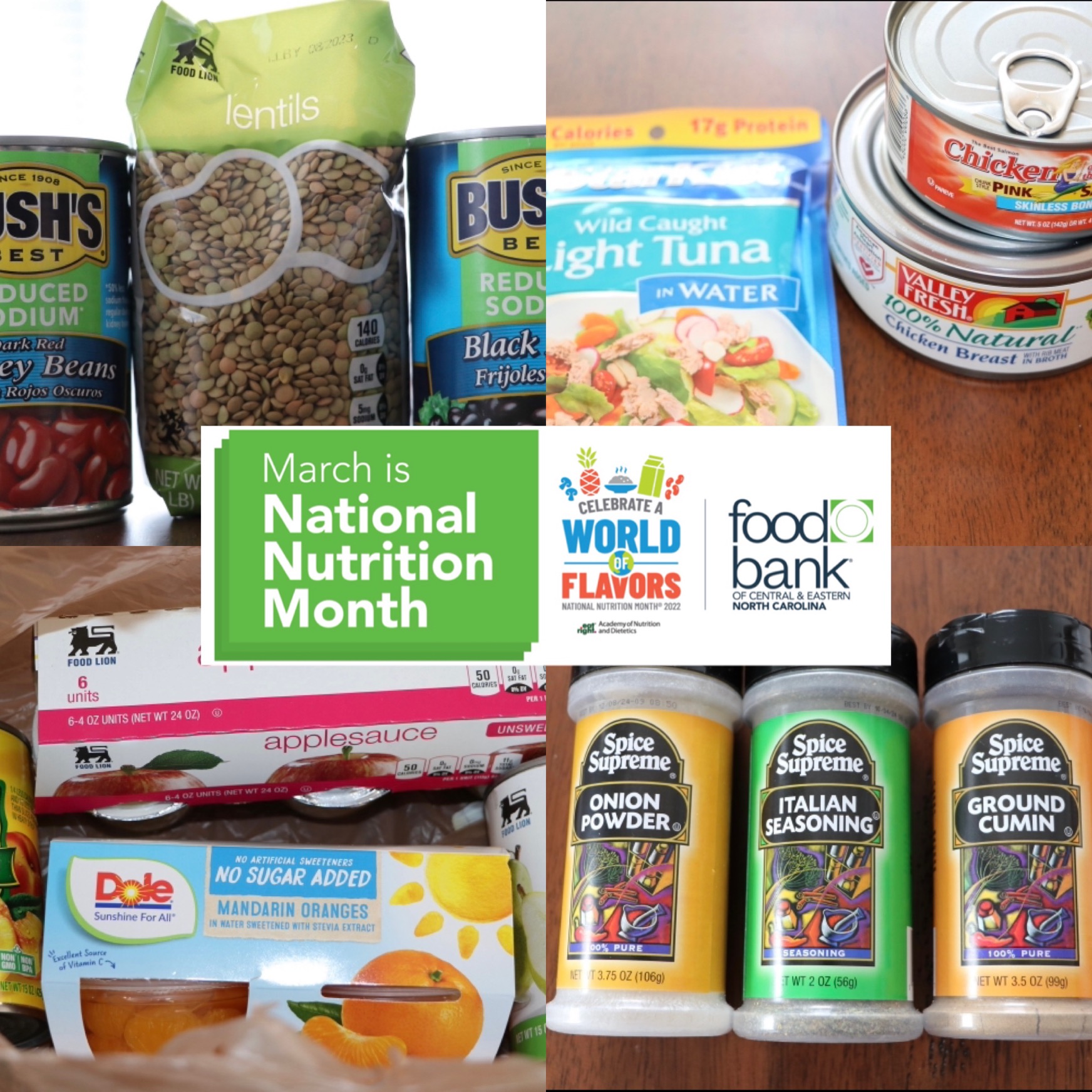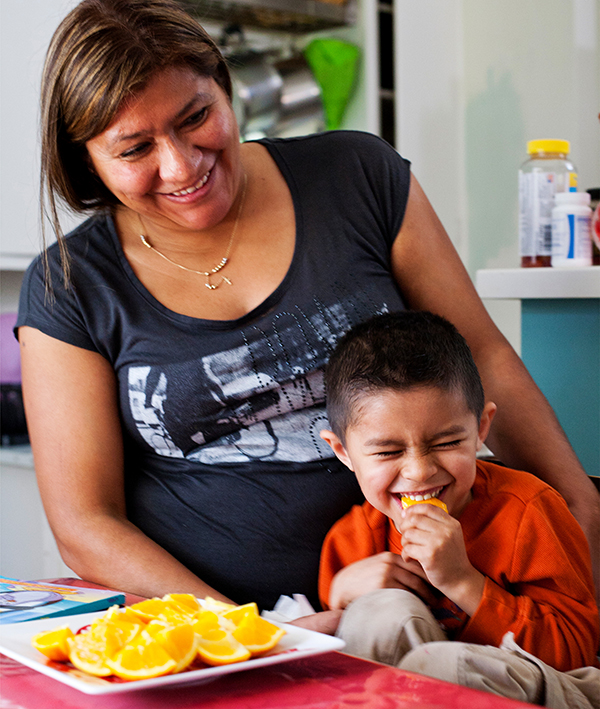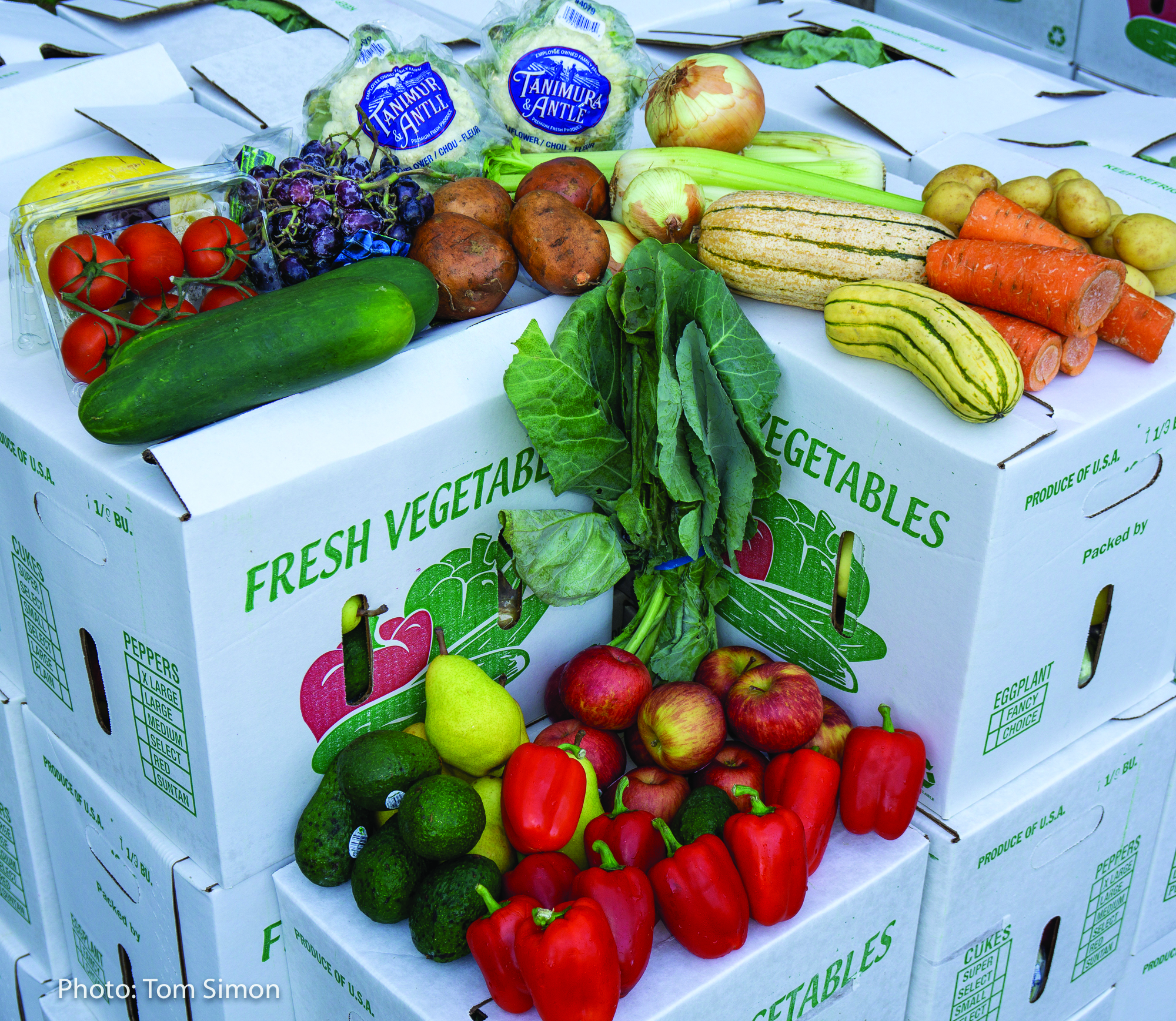By Seth Palmer │ Food Bank CENC Social Media Ambassador
For the entirety of my life, I have been fortunate to say that I have never been unsure of where my next meal was coming from. Unfortunately, though, this is not the case for thousands of men, women, and children throughout North Carolina and across the country. The Food Bank of Central & Eastern North Carolina and its 800 Partner Agencies serve as a valuable resource for many of our food-insecure neighbors, but have you ever wondered exactly how they make a lot of it happen?
While millions of meals are provided through the generosity of retail donors and food drives, that only goes so far. It takes the support of federal and state funding programs to fill in the gaps. One of the largest programs which supports nutrition and hunger relief is the Supplemental Nutrition Assistance Program, or SNAP*. Operated by the US Department of Agriculture, SNAP provides nutrition assistance to millions of low income individuals nationwide.
Hunger is something which effects people in all demographic groups, but most especially children. In North Carolina, 1 in 4 children are food insecure. This is one of the highest percentages of any state in the country. SNAP provides more than 660,000 North Carolina children with healthy food options, along with improvements in their heath, educational outcomes, and behavior. And the Food Bank supports individual’s access to the program, assisting more than 130 households per month apply for benefits.
In addition to supporting these important efforts to combat hunger, SNAP funding supports North Carolina’s economy and retailers across the state. According to a 2010 study by Moody’s Analytics, for every state dollar spent by SNAP, roughly $1.73 is contributed to the economy. For fiscal year 2015, that totals more than $4 billion in economic impact just from program participants (based on $2.395 billion in issued funds). With respect to SNAP’s impact on the state’s retail economy, it accounts for more than 10% of all spending on food purchased for consumption in the home. In North Carolina alone, that meant that in a single month in 2016, SNAP funded more than $174 million in sales.
While all this data may not sway opinions, it is important to consider the true impact that cuts or a complete elimination of SNAP would have on the thousands of North Carolinians, and millions of Americans, who rely on these funds for their very survival – and the communities they live in. Protecting SNAP is an important goal for all who want to see the progress made in food security is not hindered.
*Editor’s Note: SNAP is the national name for “food stamps.” In North Carolina, the SNAP program is also called FNS.
 Seth Palmer is the definition of a policy wonk with a passion for using communication tools to get important messages out to those who need to hear it. By day, Seth does this as the Political Communications and Regulatory Affairs Director for NC REALTORS®, the state’s largest trade association for real estate professionals. And by night, he manages his own consulting firm, Longleaf Strategy Group, where he works with innovative companies and nonprofits to tell their story. He has been a FBCENC Social Media Ambassador since 2013 because he wants to use his skills to tell its important story to all who will listen (even if that is just through a tweet).
Seth Palmer is the definition of a policy wonk with a passion for using communication tools to get important messages out to those who need to hear it. By day, Seth does this as the Political Communications and Regulatory Affairs Director for NC REALTORS®, the state’s largest trade association for real estate professionals. And by night, he manages his own consulting firm, Longleaf Strategy Group, where he works with innovative companies and nonprofits to tell their story. He has been a FBCENC Social Media Ambassador since 2013 because he wants to use his skills to tell its important story to all who will listen (even if that is just through a tweet).


